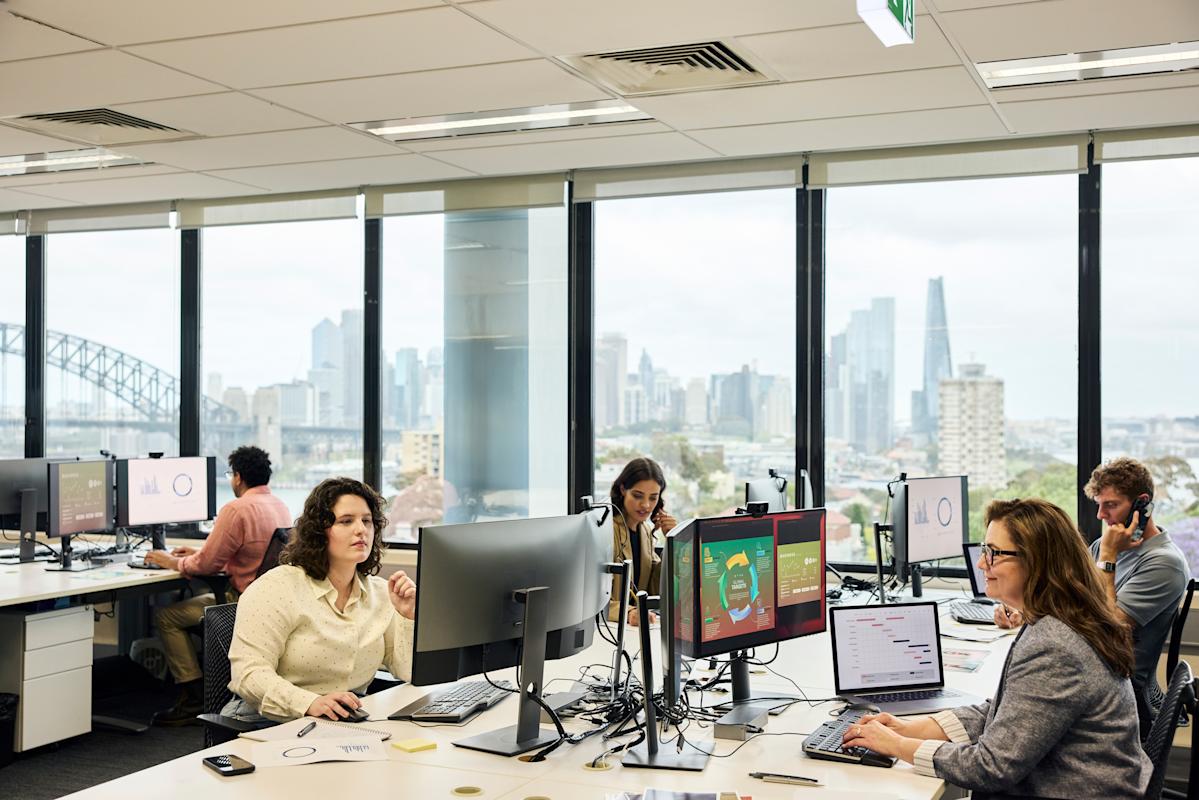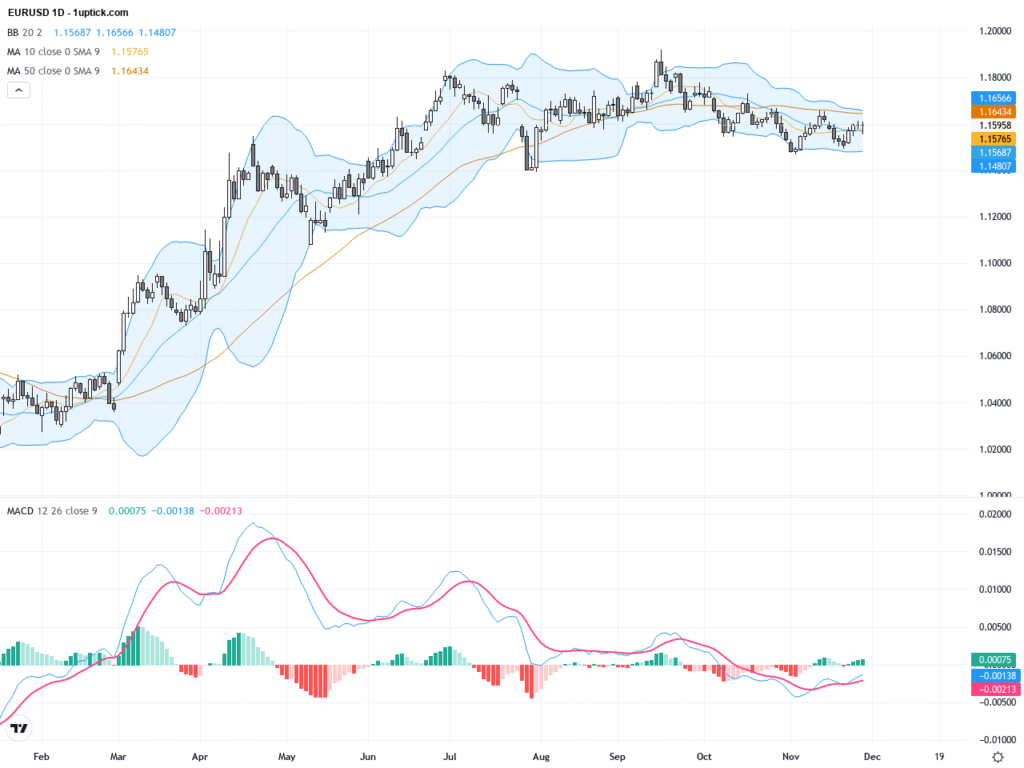 |
| Gold V.1.3.1 signal Telegram Channel (English) |

The Office Comeback: Navigating the New Era of Return-to-Work Strategies and Employee Flexibility
2025-08-25 @ 05:00
The Office Comeback: Why the Return to Work Has Reached a Turning Point
In the years since the global workplace was upended by the pandemic, companies and employees have found themselves embroiled in a tug-of-war over the future of office work. While remote and hybrid work once seemed like the inevitable new norm, recent trends suggest the battle over working in the office versus at home is entering a crucial new phase. Corporate leaders are recalibrating their strategies and, for many organizations, the potential risks and rewards of getting employees back into physical offices are now impossible to ignore.
The Pandemic’s Lasting Impact
The onset of COVID-19 forced a mass experiment in remote work. Sprawling offices emptied out overnight, kitchen tables transformed into workstations, and entire corporate structures pivoted to enable decentralized, digital collaboration. Employees rapidly adapted to this new reality, discovering the perks of flexibility, eliminated commutes, and personalized work environments. For many, these changes became not just routine, but preferable—a point of contention when return-to-office mandates began to surface.
A Shift in Corporate Mindset
Today, many large employers are reevaluating their stance on remote work. With economic pressures mounting and organizational cultures evolving, leaders increasingly argue there are significant benefits to in-person engagement, collaboration, and mentorship. They cite worries about eroding corporate culture, weaker collaboration, and slower professional development for early-career staff as motivations to reinstate office time.
Some industries, particularly in finance, consulting, and technology, have taken assertive steps. Notable firms have set clear policies: three days a week minimum in the office, all-hands meetings back on-site, and reduced remote work exceptions. For some, visible presence in the office is equated with commitment and career ambition, reigniting old debates about “face time” and productivity.
Employee Pushback and Flexibility’s Allure
Still, making the case for more office time is not straightforward. Employees, now accustomed to the autonomy and personalization that remote work offers, are not universally eager to return to their pre-pandemic routines. Many workers have stated that the flexibility to choose where—and sometimes when—they work has become a top priority, even over salary increases or promotions. For parents, caregivers, and those with long commutes, the stakes feel particularly high.
Surveys consistently reveal a deep divide: while some workers relish the energy and networking opportunities of the office, others cherish the work-life balance gains of remote setups. The result is a new era of negotiation and compromise. Hybrid arrangements, where teams split time between home and office, have become the most common middle ground—though they come with their own set of logistical and cultural complexities.
Rethinking the Office’s Role
For companies, the return-to-office movement is as much about reimagining the purpose of the office as it is about work location. Increasingly, organizations are redesigning workspaces to prioritize communal spaces, collaborative zones, and purposeful meetings, rather than simply reinstating rows of cubicles. The office is being recast as a hub for innovation and teamwork, rather than a mandatory nine-to-five destination.
Some firms have begun to experiment with new models of engagement—gathering teams for scheduled in-person collaboration weeks, or identifying specific days for everyone to be present to maximize interaction. Others invest in upscale amenities to make the trip back worth employees’ while.
An Evolving Inflection Point
Ultimately, the return-to-office debate is emblematic of the broader transformation sweeping the global workforce. The consensus that once seemed to favor remote work is giving way to a renewed push for in-person engagement, with many companies recognizing the need for a strategic and sensitive approach. This inflection point offers organizations a chance to shape their cultures and operations for the long term, learning from both the disruptions of the pandemic and the lessons of adaptability it forced.
The next chapter of office work will be defined not by a one-size-fits-all solution, but by a nuanced balance—one that recognizes both the value of face-to-face interaction and the powerful case for flexibility. As companies negotiate this uncharted territory, those who listen carefully to employee concerns and innovate thoughtfully in their policies and spaces are likely to come out ahead. The future of work remains in motion, and what happens in the coming months could define how and where we all work for years to come.








